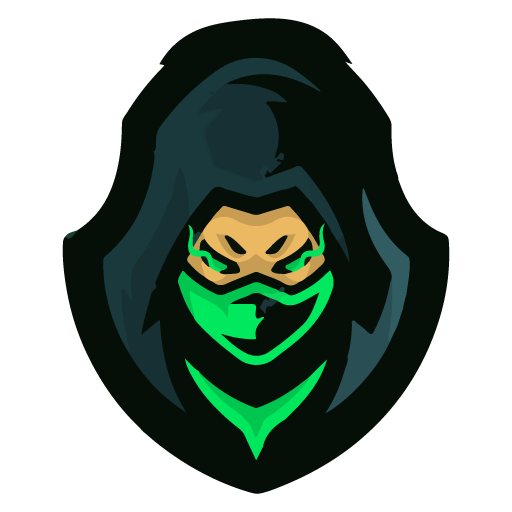I didn’t have a Game Boy Camera as a lad, partly because I couldn’t afford one, and partly because my “friends” used to troll me (“bullying”, I think we called it back then) about my Game Boy. Amongst other things, they’d reach over and flick the power off while I was playing The Legend of Zelda: Link’s Awakening. I didn’t finish that game for 15 years. I’d flown the family nest before I braved the Eagle’s Tower. Can you imagine what my friends would have done if I’d owned a Game Boy Camera? Probably, they’d have taken photos of… bottoms with it, and such.
I’m aware I’m not making a great case for being a graduate of the School of Hard Knocks. The point is: I didn’t have a Game Boy Camera then, so I’m delighted that the Game Boy Camera has caught on among a later generation of indie PC developers – prominent among them artist and educator Catharine Graffam, whose GB Camera Gallery: Mystery Show you can play for free in a browser.
Mystery Show is Graffam’s second Game Boy gallery project, and takes the form of an exhibition of Game Boy Camera photos inside a spooky mansion. There’s a cute plot to follow involving ghosts and eccentric raccoons. The photos themselves are the work of Graffam’s friends, and are a lovely celebration of the peripheral’s bleached and chintzy aesthetics. Graffam’s also written a little celebration of the camera on her website:
Nintendo released the Game Boy Camera in 1998 in Japan, the US and the EU, allowing Game Boy owners to take photos right on their devices. At the time it was actually the world’s smallest digital camera. It features a ball head atop of the cartridge that can swivel 180 degrees, making it also probably the first selfie camera, too. Photos were originally only sharable on other Game Boys via a link cable or printable using the Game Boy printer, but using a modern cartridge flasher or other 3rd party hardware you can transfer the photos from the cartridge onto your computer.
The photos themselves were limited to 128x112px rendered in a 2-bit palette of only 4 values. Despite those limits, there were powerful features included on the cartridge like the ability to create pseudo double exposures by merging multiple photos using the ‘fusion’ effect, a paint tool, a time-lapse and panorama function, and it even included the ability to create animations. Oh, and there is an odd music creation program to boot!
If you’d rather not play in the browser, there’s the option to download (name your own price). If you still have your Game Boy – I’ve long since traded mine in to escape all those terrible memories – you can also buy the game on a snazzy physical Game Boy cartridge that glows in the dark.

